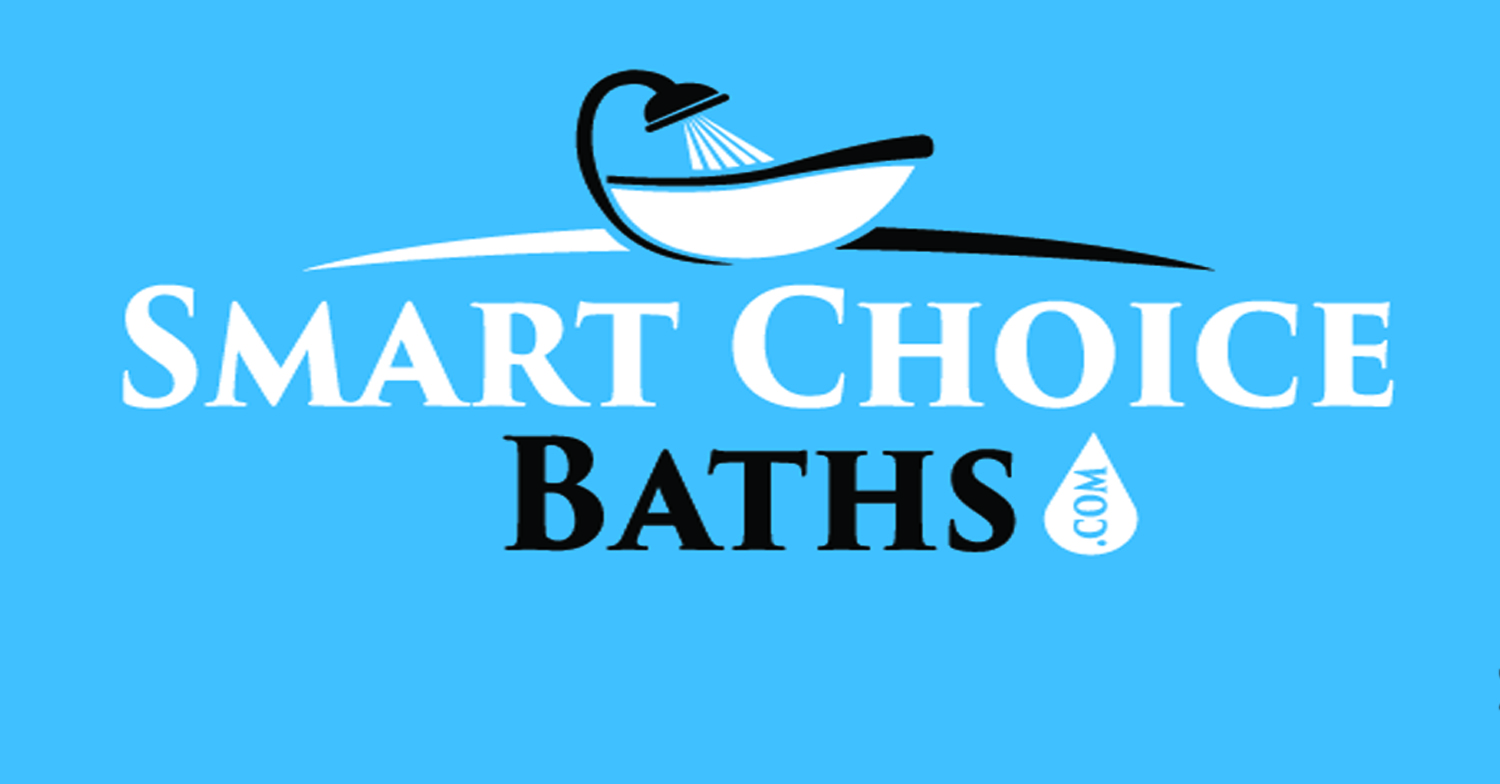This year, the idea of having a garden seems to be more at the forefront of many people’s minds. It could be due to the pandemic’s effect on the availability of certain produce at the grocery store, or maybe the attention overall that it has placed on the country’s overall food supply. In any case, with the warm weather returning, a vegetable garden can help provide pride and gratification in raising food that is delicious and nutritious. It also helps individuals and families by providing a most pleasant distraction in the planning and building of a garden.
Gardens were a big hit in the 1940s. During World War II, the government rationed foods like sugar, butter, milk, meat, cheese and eggs, as part of the war effort. “Labor and transportation shortages made it hard to harvest and move fruits and vegetables to market. So, the government turned to its citizens and encouraged them to plant ‘Victory Gardens.’ They wanted individuals to provide their own fruits and vegetables,” according to the old Farmer’s Almanac. “The National War Garden Commission promoted home gardening and food preservation. They inspired students—calling them “soldiers of the soil”—to help plant Liberty Gardens. When it started to look like the US and its allies would win the war, the name of the gardens was changed to “Victory Gardens.”
Although the current situation is different, the spirit and encouragement is the same. You can utilize your garden as a supplement to groceries, which might help reduce the number of trips to the store. It also can be utilized to encourage the consumption of fresh vegetables for children. Those who are involved in the gardening process may be more apt to eat the harvest, which, by the way, is much better than anything you purchase at the store.
“Vegetables were the largest crop followed by fruits and herb gardens. About one-third of the vegetables grown during World War II came from Victory Gardens,” noted in the almanac. “The Victory Garden was made of easy-to-grow crops, including fresh vegetables in season as well as root crops and hardier crops that could be stored during the winter.” The following is a listing, broken down by season, of some things that were popular in Victory Gardens. You may want to include them in your plan:
Spring gardens: Lettuce, kale, parsnips, onions, peas, radishes, carrots.
Summer gardens: Herbs, such as basil, thyme, oregano, parsley and rosemary, cucumbers, tomatoes, beans, zucchini, corn, eggplants, melons, peppers, pumpkin, winter and summer squash.
Fall and winter gardens: Beets, carrots, broccoli, cabbage, cauliflower, kohlrabi, parsley, spinach, parsnips, radish, Swiss chard, lettuce, turnips and garlic.
Many of these crops can easily be frozen, dried and/or canned to enjoy well into the fall and winter. There’s nothing like opening up a container of frozen or canned vegetables on a cold fall or winter day to bring back the wonderful flavors of spring and summer!
By GLORIA PLEVA KACIK
Contributing Writer
Gardening produces enjoyment now and for later
Royalton Recorder Gardening produces enjoyment now and for laterApr 29, 2020













